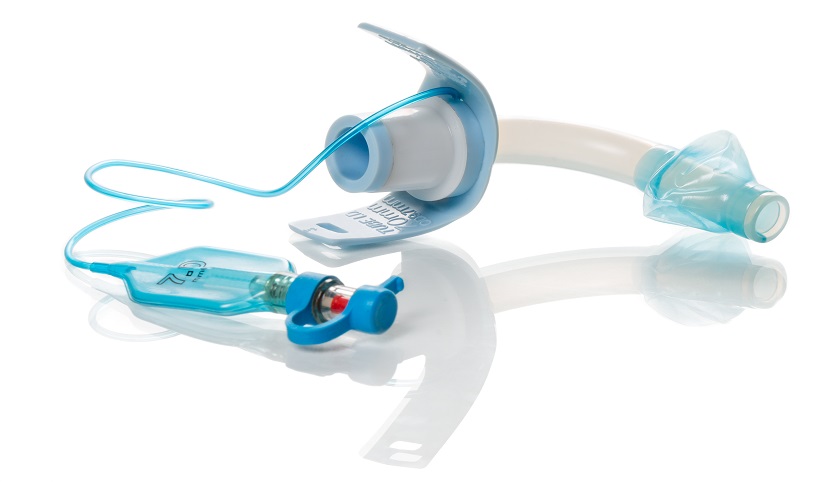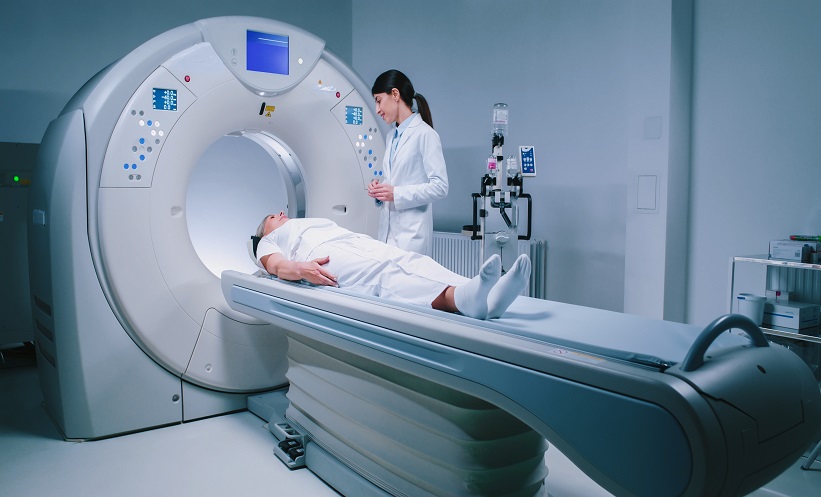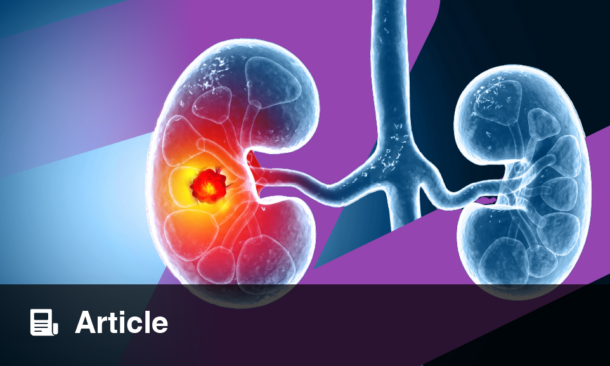NEW research suggests that sonographic imaging descriptors combined with histopathological diagnoses can improve the accuracy of assessing benign breast lesions, according to recent findings.
A team at the University of Science and Technology in Irbin, Jordan, found that specific imaging markers, such as the presence of an oval-shaped mass and posterior shadowing, play a crucial role in evaluating benign breast lesions classified as BI-RADS 4c or 5.
“The study recommends a correlation between clinical and radiological findings and encourages multidisciplinary decision-making among radiologists, pathologists, and clinicians to determine if a repeat biopsy is warranted,” the researchers wrote.
BI-RADS 4c and 5 categories typically indicate a high likelihood of malignancy, necessitating a biopsy. However, the study highlights that the imaging characteristics of some benign breast lesions can mimic malignancy, leading to potential misdiagnosis.
The researchers examined histopathological diagnosis trends in benign breast masses classified within these BI-RADS subgroups. They also assessed radiological features that could contribute to false-positive results.
The study analysed breast lesions reported as BI-RADS 4c or 5 on ultrasound, which had undergone either ultrasound-guided core needle biopsy or stereotactic vacuum-assisted biopsy. It compared imaging descriptors of these cases to a matched control group of 50 malignant cases categorised as BI-RADS 4c.
The retrospective single-centre study reviewed data from 828 breast lesions collected between 2015 and 2022. Among these, 44 (5.3%) were initially deemed benign, while 784 (94.7%) were found to be malignant. Following histopathological testing and repeat biopsy, 26 women (3.1%) had a discordant benign diagnosis. Of these, half (10 out of 20) were later confirmed as malignant.
The study found that an oval-shaped mass was significantly more common in benign pathology (p = 0.035), whereas posterior shadowing was significantly less frequent in benign lesions (p = 0.05). No significant differences were observed in other imaging features.
Fibrocystic change emerged as the most common histopathological diagnosis among benign lesions. The authors highlighted the potential of sonoelastography and artificial intelligence (AI) in aiding clinical decision-making to reduce unnecessary biopsies. They also stressed the importance of continued research to refine diagnostic approaches, decrease false-positive rates, and establish clinical guidelines for repeat biopsies in high-risk cases.
Victoria Antoniou, EMJ
Reference
Rjoop W et al. Pathological and radiological assessment of benign breast lesions with BIRADS IVc/V subtypes. should we repeat the biopsy? BMC Womens Health. 2025;25(1):47.








